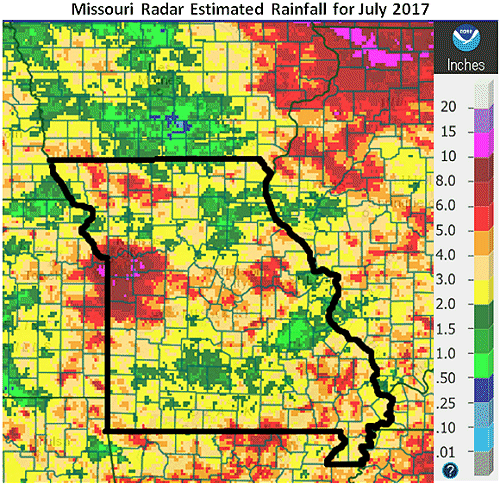

Flooding has killed an average of 87 people per year, according to NOAA, making it the second most deadly weather-related hazard over the last 30 years, just behind heat.Īlmost half of all flash-flood deaths occur in motor vehicles. Heavy rainfall and flooding should be taken seriously. Additionally, these extremes generally took place during the summer months or early in the fall. Most of the Northeast has 24-hour rainfall extremes between 10 and 15 inches, with the exception being Massachusetts at 18.2 inches. This is because these areas are well-removed from ocean influences, including tropical storms and hurricanes, and have a rather dry climate overall. For example, the most extreme 24-hour rainfall total on record in Utah is only 5.1 inches, the lowest of all 50 states. Some of the lowest extreme rainfall totals are in the Northern Plains, Rockies and Great Basin. The exception there is South Carolina with a 24-hour extreme of 14.8 inches, observed at Myrtle Beach and associated with Hurricane Floyd on Sept. Topsoil and subsoil moisture supplies were mostly adequate at 57% and 64%, respectively, but a sizeable percentage of topsoil was in short (36%) to very short (5%) condition with subsoil at 30% short and 4% very short.In the Southeast, the 24-hour rainfall extremes are mainly between 20 and 25 inches. About half of the pastures were in fair condition. Stock water supplies were reported mostly adequate at 91%, but 53% of the hay supplies and other roughages were in short to very short supply. Drought Monitor, a 50-mile-wide corridor of moderate drought stretched from southwest to northeast Missouri, centered on a line from Nevada to Columbia to south of Hannibal, Figure 7.Īccording to the Missouri Agricultural Statistics Service, for the week ending April 30, corn planting was 80% complete, 39 percentage points ahead of the 5-year average. The precipitation imagery displays precipitation estimates in colorized contoured bands by interpreting the intensity levels of NOWrad mosaic radar into rainfall estimates each hour. Totals across much of northwestern, east central and south-central Missouri were between 1.5-3 inches, and lighter amounts, ranging from 0.5-1.5 inches, were common over southwestern, west central, central, north central and northeastern Missouri.ĭryness intensified across parts of Missouri in April. It was also the first drier than average month for the year, Figure 5.Īccording to radar estimates, Figure 6, April precipitation totals were heaviest across far southeastern sections where 3-5 inches were common. It was the driest April since 2000, and 4th driest April on record, Figure 4. Preliminary data indicate a statewide precipitation total of 1.71 inches, 2.26 inches below the long-term average. Many areas in Missouri experienced drier than average conditions during April. Some Missouri locations where minimum temperature occurred between April 23-24, 2023*

Several locations reported their coldest temperatures late in the month, between Apr 23-24, Table 1. There were exceptions, but most official observers experienced freezing temperatures during the month. Every month this year has been warmer than average, Figure 3. Preliminary April data indicate a statewide average temperature of 56.2 ☏, 1.7 degrees above the long-term average. It was the first warmer than average April in four years, Figure 2. Cooler, more seasonable weather rounded out the last ten days of the month.

Pat GuinanĪbove average temperatures generally impacted Missouri during the first three weeks of April, Figure 1.

April 2023 Weather and Its Impacts on Missouri Dr.


 0 kommentar(er)
0 kommentar(er)
